What Are The Animals In The Himalayas
Major Wildlife Sanctuaries: Jim Corbett National Park, Namdhapa National Park, Kaziranga National Park The Himalayas were created almost lxx meg years agone when ii continental plates collided, pushing up the massive mountain range where they met. In this way India and Eurasia were joined together, which accounts for the broad variety of wildlife institute here. Species from Asia, Africa, and the Mediterranean all converged here. Even today, diverse species of the eastern Himalayas have a west Chinese influence, while the western range has Europe Mediterranean elements. Fossil records show that animals such as the giraffe and the hippo once lived here. 4 different types of vegetation live in the Himalayas: tropical, subtropical, temperate, and tall. The foothills of the Outer Himalayas are blanketed in dense tropical rain forests of bamboo, oak, and anecdote. Further west, as the altitude increases, the forest thins, and evergreen, cedars, pines, and firs become the dominant species. In the alpine zone, which begins at well-nigh 12.000 feet, grows great amounts of moist vegetation, including juniper and rhododendron. The domestic yak supplies rural nomads in Tibet with meat and hides. Its also serves as a pack animal. The male monal or Impeyon pheasant, has iridescent, multicolored plume that he displays when courting his mate. This national bird of Nepal is widely hunted for sport. It is difficult to imagine today that these Himalayan slopes were densely wooded less than a century ago. While Himalayan forests are not as lush as the rain-fed S Indian forests, they practice achieve an impressive magnificence in the unspoilt upper regions. The forests of the Himalayan foothills are an ideal home for insects, including bumblebees and crane flies. College upwards the slopes, where the nights are colder, many insect species take dark bodies to blot as much heat as possible. Many butterflies live at surprisingly high altitudes: Apollo's, dejection, vanessas, and papilios are common up to 14,000 feet. Even college than this are other tiny insects. No one is certain how they survive at such altitudes; they probable feed on pollen, seeds, and other organic debris swept upwards by drafts. More sheep species live in the Himalayas than in any other mountain range in the world. They include the Marco Polo sheep, which, considering of the market place for its long, spiraling horns, has been hunted well-nigh to extinction. The largest wild sheep in the globe, the great Tibetan sheep, also live here. They tin withstand extreme temperatures ranging from scorching summers to freezing winters. The Himalayan mountain range is one of the virtually endangered environments in the world. Mankind is gradually encroaching on the wilderness, building, polluting, and destroying. Although steps are now being taken to preserve this important habitat, it is a example of likewise fiddling, besides late. the elusive snow leopard has a beautiful, thick glaze that is soft gray on peak, paling to a pure white underside. This has fabricated information technology a target for hunters, and poachers; despite the species beingness protected, several are killed each yr. Delhi - Guwahati - Kaziranga - Bagdogra - Kalimpong - Siliguri - Kolkatta - Sunderbans xiii Nights / 14 Days Delhi - Bagdogra - Darjeeling - Pemayangste - Yuksum - Kecheoplari lake - Yuksum - Gangtok - Lachung - Yumthang - Gangtok - Bagdogra - Delhi 12 Nights / thirteen Days Siliguri – Lataguri – Garumara –Chapramari – Siliguri 2 Nights/3 Days Wildlife of Himalayas
Major Wildlife Regions: Himachal Pradesh, Uttranchal, Sikkim, Dajeeling
Flora: Chir (Pino), Oak, Deodar, Fir, Rhododendron, Birch, and Juniper
Creature: Tigers, Elephants, Wild Boar, Crocodiles, Snow Leopard, Blue Sheep, and Mask Deer.
Visiting Flavour: November to June
Origin of Indian Himalayas
Himalayan Vegetation
Insects of Himalayas
Himalayan Mammals
Three species of mountain goat live in the Himalayas: the Ibex, the markhor, and the wild goat. Three species of goat antelope live here too. Taken is the national creature of Kingdom of bhutan. The massive yak is the largest animal of the mountains, and i of the highest dwellings animals in the world. Its long shaggy glaze enables information technology to inhabit the coldest areas of the Himalayas.
The brown conduct and the Himalayan black conduct scavenge mammal carcasses, although they also consume fruit. Ane of the rarest bears in the world, the Tibetan blue bear, also lives here. Cats and dogs live in the Himalayas: the wolf, the wild canis familiaris, and the hill fox are common. Among the cats are: the tiger and leopard, as well as the jungle cat, lynx, and Pallas true cat. The beautiful snow leopard rangers throughout the Himalayas' its prey consists of wild sheep and goats. Endangered Himalayas
The musk deer used to be common in the Himalayas. Musk from the males odour gland is in demand from perfume manufacturers. Consequently, the species is in danger of Extinction, dispute protection with preserves. Other endangered Himalayan species include the chocolate-brown deport, Tibetan bluish deport, red panda, and blackness necked crane. The Marco Polo sheep, a rare subspecies of the argali, a sheep of the Himalayan plateaus, is widely hunted despite protection. secluded valleys still preserve an unspoiled fashion of life for villagers and wildlife. The Chinese were the first to use the musk deer'due south scent in perfume. This deer is now very rare in the wild. Himalayan Wildlife Sanctuaries & National Parks Effectually Himalayas
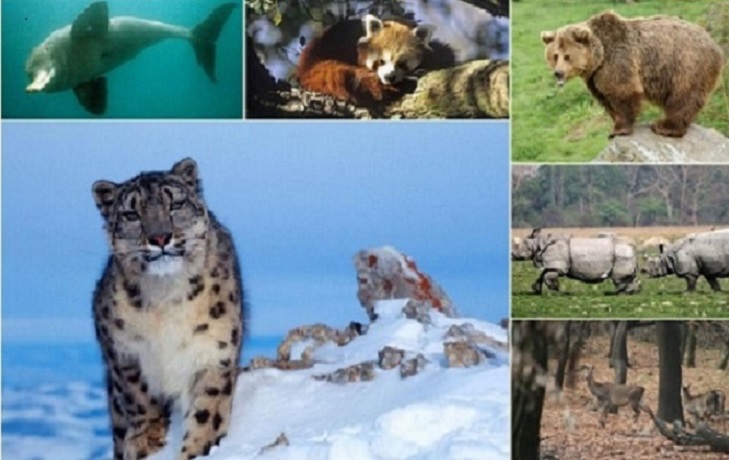
Eastern Himalayan Wildlife
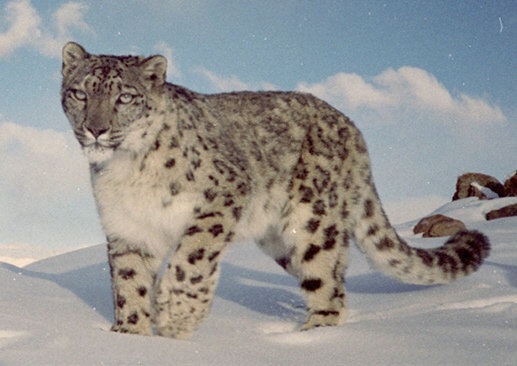
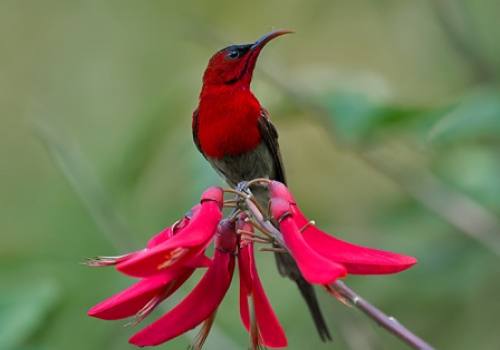
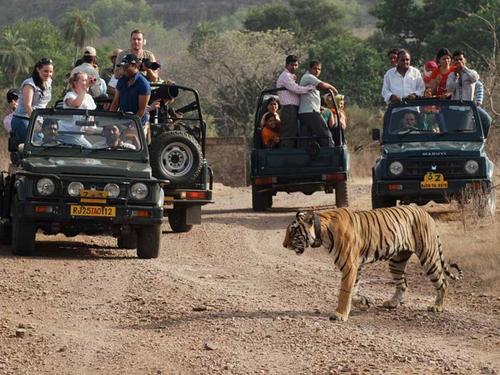
Kanchenjunga-Jeep-Safari.html

Dark-green Valley Bout


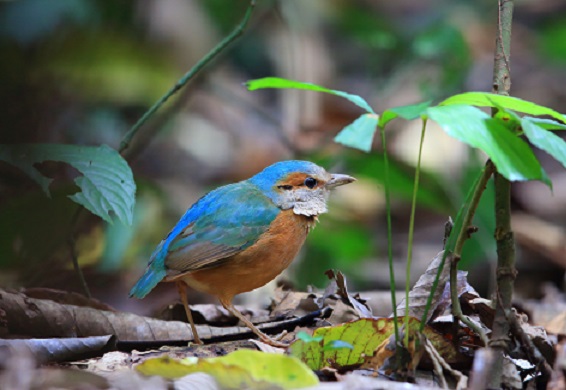
Explore More Tour Packages


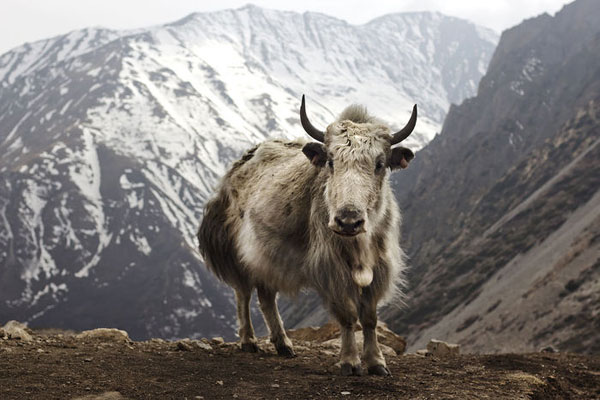
Explore - Past - Destination
Source: https://incrediblehimalayas.com/wildlife.html
Posted by: collinsfecousels.blogspot.com

0 Response to "What Are The Animals In The Himalayas"
Post a Comment